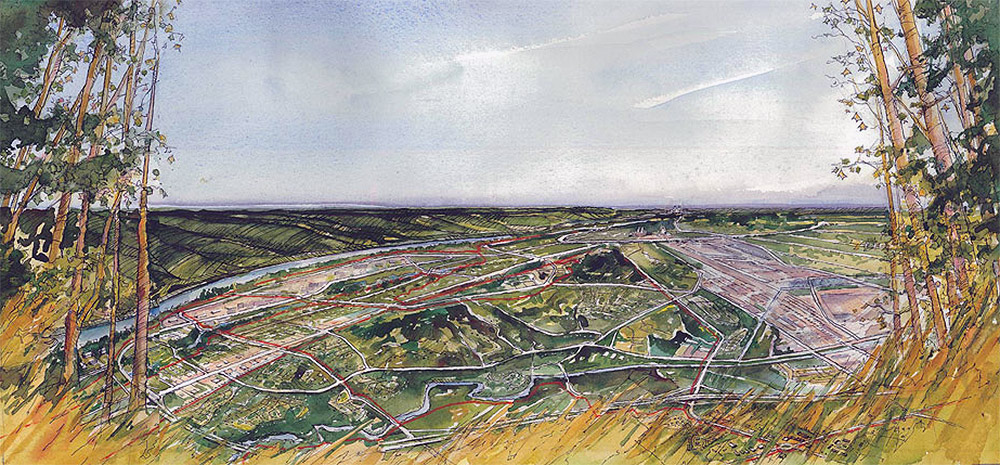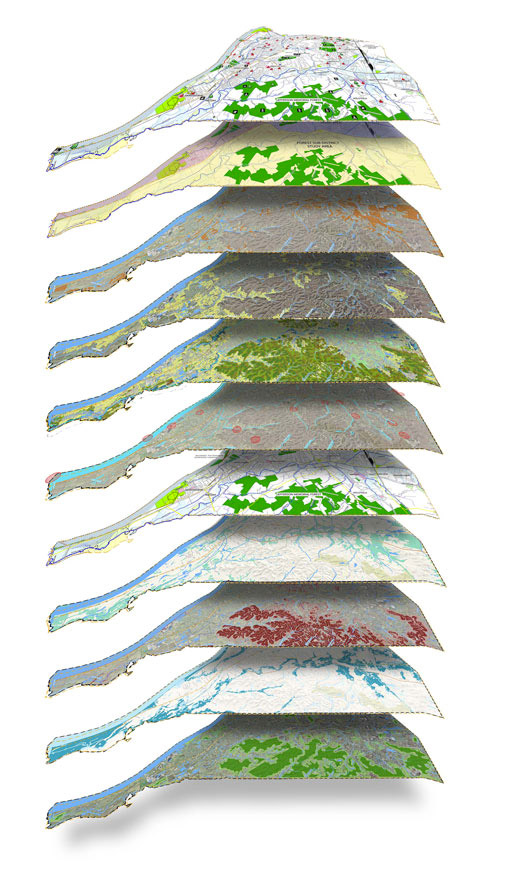A few weeks ago, Mayor Greg Fischer launched an initiative to encourage the exploration and enjoyment of Southwest Louisville. The South Points Scenic Area is meant to promote economic development in this overlooked corner of the city that’s home to Iroquois Park, a good chunk of the Louisville Loop, and the vast architectural playground of Beechmont. The initiative, primarily a “printed map and website” according to the city’s press release, rightly highlights important historical destinations and recreational opportunities in the area. But if the city is serious about increasing traffic to this slice of Louisville, it’s going to take more than a website. Luckily, Metro Parks has already created a blueprint for what this serious approach might look like.

In 2010, the Centers for Disease Control awarded Louisville Metro Parks funds to develop an alternative transportation system as a means of improving health outcomes and reducing obesity. The resulting Southwest Greenways Master Plan by Gresham Smith & Partners accomplishes this by creating a “comprehensive greenway system consisting of more than 14 miles of trails and pathways that connect 40 schools and colleges, 16 neighborhoods, 17 parks and dozens of area retail and employment centers.” It’s a progressive and ambitious plan—particularly for one of the least dense corners of the city.
The master plan’s strongest feature is its shared-use path. The main north-south artery runs roughly along Dixie Highway with many opportunities to move west and hop on the Loop. There are two major east-west routes. One runs along Outer Loop from Interstate 65 and winds along Pond Creek to meet Dixie Highway; a more rural route runs south from the Outer Loop through the Jefferson Memorial Forest. The other connects Iroquois Park to the Ohio River via Big Run Creek and Greenwood Road.
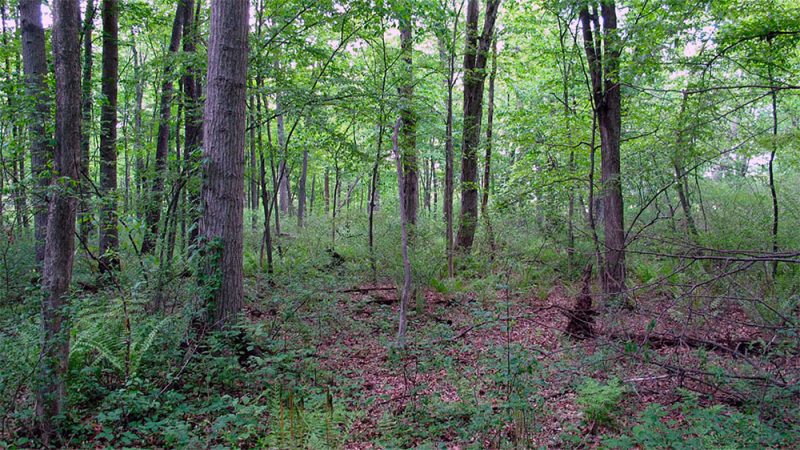
Much of the plan, like too much of Louisville’s alternative transportation planning, revolves around recreational use and misses opportunities, because of the project’s parks focus, to incorporate less scenic corridors in its plan—like utilizing Southside Drive. These types of routes would help Louisvillians use alternative transportation in their daily lives to run errands or get to work. But the plan lays a comprehensive framework for the kind of transportation planning our city needs more of.
The Kentucky Transportation Cabinet (KYTC) seems to agree. While the city has neglected the three-year-old plan, the KYTC and the Kentuckiana Regional Planning & Development Agency (KIPDA) are the only ones actually, though unwittingly, implementing it—the master plan draws from several existing studies, including KIPDA’s Horizon 2030 and Transportation Improvement Plan (TIP) reports from 2010.
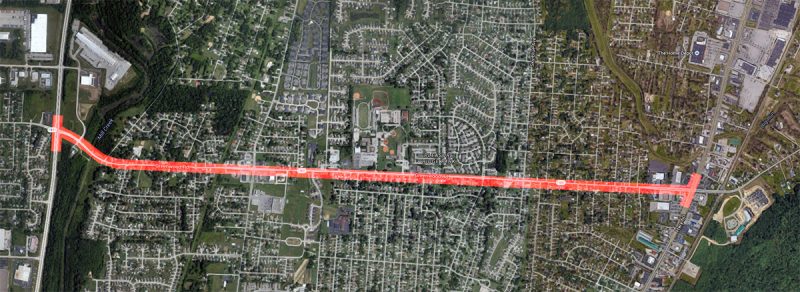
Andrea Clifford, public information officer at the KYTC, told Broken Sidewalk that the cabinet is currently buying rights-of-way along Greenwood Road between Dixie and Greenbelt highways as part of a $21 million road-widening project that will include a 10-foot shared use path on the north side of the road and a sidewalk on the south side. This east-west artery was a major feature of the Southwest Greenways Master Plan, though it extended beyond Greenbelt Highway to meet up with the Louisville Loop.
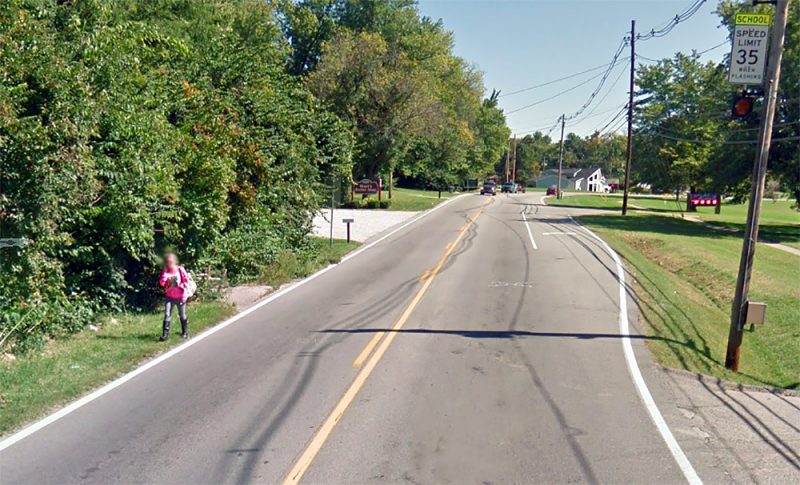
And where the KYTC’s Greenwood Road recommendation falls just short of the priorities outlined in the Greenways plan—connecting the shared-use path to the Loop—the agency’s plans for St. Andrew’s Church Road improve upon the Greenways’ vision. KYTC and and KIPDA are working together to encourage non-car use on St. Andrew’s Church Road between Palatka Road and Dixie Highway by constructing a shared-use path and sidewalk there. The Greenway plan merely recommended a signed-route, rather than an actual path.
These two examples demonstrate a shared, if slightly divergent, vision for Southwest Louisville. It’s worth dusting off this old Southwest Greenways Master Plan and taking another look. Lisa Hite, senior planner at Metro Parks, told Broken Sidewalk that the city still has not yet identified a champion for the project, though “progress is quietly being made.” The current progress is coincidental, but with a commitment from the city and some inter-agency cooperation, Louisville can build an accessible—for everyone—Southwest Louisville that has real implications for its economy, health, and well-being.

